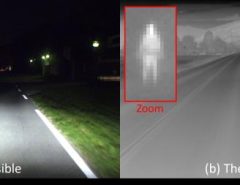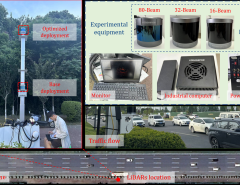SafePath AI
Elevator Pitch: Imagine accelerating the development of safer autonomous vehicles by leveraging AI to forecast and simulate thousands of rare, critical driving scenarios. SafePath AI does just that, transforming the way developers test and validate AVs’ safety protocols, ensuring safer roads for everyone. With SafePath AI, the future of autonomous driving is not just smart; it’s secure.
Concept
An AI-driven platform that generates synthetic corner case scenarios for autonomous vehicles testing and validation, employing Heterogeneous Graph Neural Networks.
Objective
To enhance the safety and reliability of autonomous vehicles by providing a comprehensive suite of synthetic corner case scenarios for testing.
Solution
Using Heterogeneous Graph Neural Networks, SafePath AI transforms regular driving situations into challenging, realistic corner cases for AV testing.
Revenue Model
Subscription-based access for autonomous vehicle manufacturers and software developers, with tiered pricing based on usage volume and customization options.
Target Market
Autonomous vehicle manufacturers, autonomous driving software developers, and automotive safety organizations.
Expansion Plan
Initially focusing on the automotive sector, with plans to expand into simulation software for other autonomous systems such as drones and robotics.
Potential Challenges
Ensuring the synthetic data’s realism and relevance, maintaining data privacy and security, and constantly updating the model with new driving scenarios.
Customer Problem
The lack of sufficient and diverse corner case scenarios for thorough testing and validation of autonomous vehicles’ safety systems.
Regulatory and Ethical Issues
Complying with international standards for autonomous vehicle testing, ensuring the ethical use of data, and addressing potential biases in synthetic scenarios.
Disruptiveness
SafePath AI can significantly disrupt the automotive industry by sharply reducing the time and resources required for AV testing, facilitating faster, safer AV development.
Check out our related research summary: here.




Leave a Reply